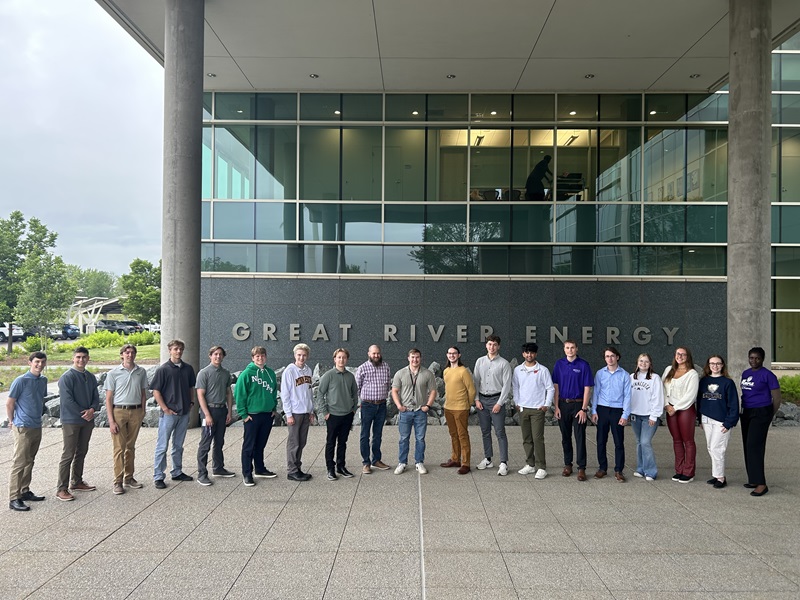On a normal day, having reliable electricity means you can charge your phone, watch TV and cook dinner.
During extreme cold weather, however, reliable electricity means so much more. Electricity is essential for almost any home heating, whether through all-electric heating systems or for powering the components of a furnace.
The importance of electricity was on display a year ago when a polar vortex sent temperatures well below zero and stressed the electric system for several days.
Great River Energy’s distribution cooperatives deployed line technicians, trucks and equipment to fix any problems caused by the cold weather. At the same time, Great River Energy carefully operated and monitored the electric system to ensure energy continued to reach its 28 member-owner cooperatives.
Extreme weather brings new focus
When winter weather turns dangerous, power line crews suspend normal maintenance to closely monitor the grid and fix issues that arise due to cold temperatures, ice and wind.
“When our system is stressed or damaged, our crews work around the clock to keep the grid operating for our member-consumers,” said Priti Patel, Great River Energy’s vice president and chief transmission officer.
Region-wide collaboration
Great River Energy works with the regional grid operator, known as the Midcontinent Independent System Operator (MISO), and neighboring utilities to prepare for possible scenarios. During events like the polar vortex, MISO can issue cold weather alerts, which direct utilities to prepare all power plants to be dispatched on short notice.
MISO is an independent, not-for-profit organization that delivers safe, cost-effective electric power across 15 U.S. states and the Canadian province of Manitoba. As a member of MISO, Great River Energy has access to one of the world’s largest energy markets.
During extreme weather, you need options
Wind energy now represents a hefty portion of the energy on the Midwest electric grid. When temperatures dip to 20 below zero, however, wind turbines can shut down entirely to protect vital components.
That’s where Great River Energy’s “peaking” power plants come in. When demand for electricity is high (times of “peak” demand), these plants provide additional energy typically fueled by natural gas. During extreme cold, when natural gas is also needed to heat homes and schools, those same plants can operate dependably with fuel oil.
“The handful of coldest days of winter demonstrate the value of a diverse portfolio of generation resources,” said Great River Energy Vice President and Chief Power Supply Officer Jon Brekke. “It requires a variety of fuels and technologies to ensure our members are warm and comfortable in every season and in any weather.”
 " data-object-fit="cover">
" data-object-fit="cover">
 " data-object-fit="cover">
" data-object-fit="cover">